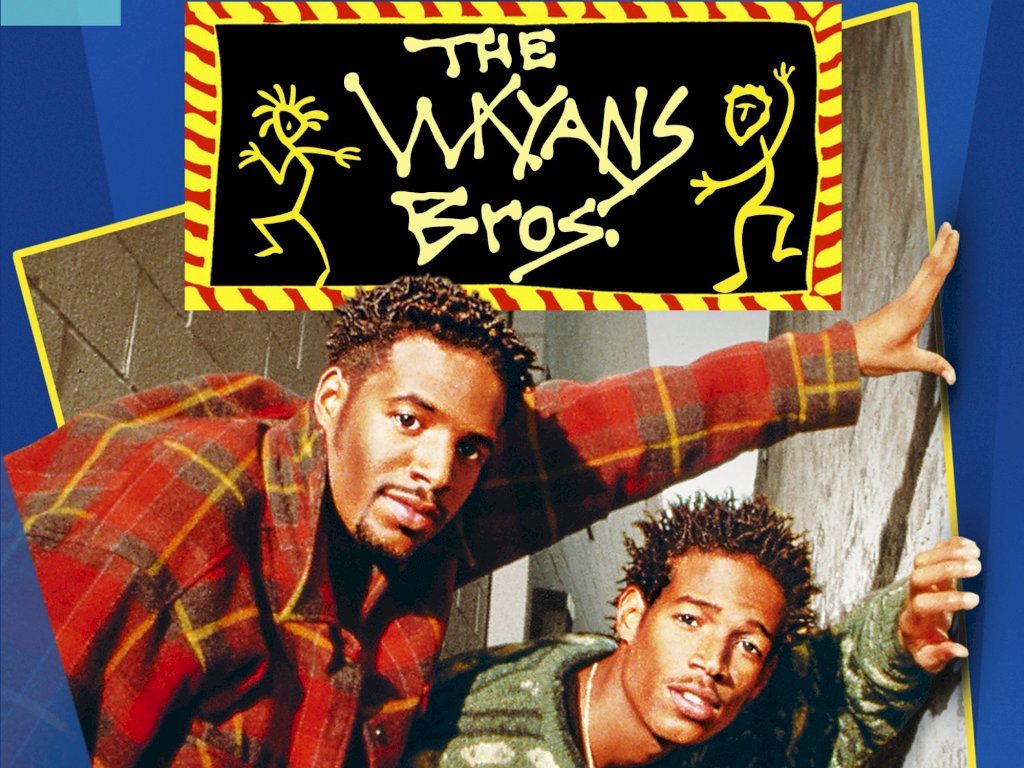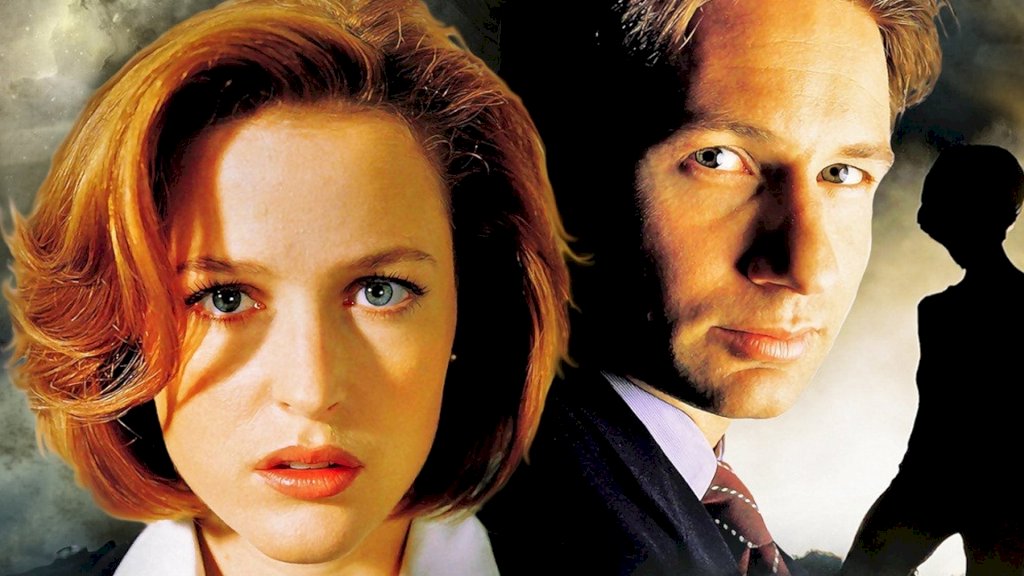Television history is replete with classic sitcoms that have left an indelible mark on popular culture. From "I Love Lucy" to "Friends," these shows have entertained generations of viewers and continue to do so today. In the mid-1990s, a new comedy duo emerged on the scene and quickly became a household name, thanks to their irreverent humor and infectious chemistry. "The Wayans Bros," which aired from 1995 to 1999, is one such show that brought laughter and hilarity to living rooms across the nation. This article delves into the world of "The Wayans Bros" to explore its characters, its impact on the comedy genre, and its enduring legacy.

The Wayans Family: A Comedy Dynasty

Before we delve into the intricacies of "The Wayans Bros," it's essential to understand the context in which the show was born. The Wayans family is a comedy dynasty with deep roots in the entertainment industry. Comprising multiple talented siblings, including Keenen Ivory Wayans, Damon Wayans, Kim Wayans, and Shawn Wayans, the family had already made a significant impact in comedy, both on television and in film.
Keenen Ivory Wayans had already made a name for himself with "In Living Color," a groundbreaking sketch comedy series that featured the likes of Jim Carrey and Jamie Foxx. His brother, Damon Wayans, was a well-known comedian and actor, starring in shows like "In Living Color" and "Damon." With these comedy giants as their predecessors, it was only a matter of time before the younger Wayans siblings would make their mark.
The Birth of "The Wayans Bros"

In 1995, the Wayans brothers, Marlon and Shawn, introduced the world to their unique brand of humor in the form of "The Wayans Bros." The show was a classic sitcom set in New York City, following the lives of two brothers, Shawn Williams (Shawn Wayans) and Marlon Williams (Marlon Wayans). Shawn was the older brother, a responsible and level-headed entrepreneur who owned a newsstand, while Marlon was the younger, more carefree sibling with dreams of becoming a famous actor.
The show's premise was relatively simple but proved to be a fertile ground for comedic situations. While Shawn attempted to keep their lives on track, Marlon's wild antics often derailed their plans. This contrast between the characters and their wildly different personalities formed the core of the show's humor.
The Cast: A Winning Ensemble

One of the reasons for the show's immense popularity was the chemistry between the cast members. The Wayans brothers themselves, with their real-life sibling dynamic, brought an authenticity to the characters of Shawn and Marlon that was both hilarious and heartwarming.
In addition to the Wayans brothers, the show featured a talented ensemble cast that added depth and humor to the series. John Witherspoon, known for his role as the cantankerous but lovable Pops, provided a consistent source of comedic relief. Anna Maria Horsford, who played Dee Baxter, added a strong and independent female character to the mix. Rounding out the regular cast was Paula Jai Parker as Monique, who brought a sassy and memorable presence to the show.
The Sitcom Formula: Familiar Yet Fresh

"The Wayans Bros" followed the traditional sitcom formula of situational comedy, but it infused it with a fresh, urban twist. The show primarily took place in the Williams brothers' apartment and their newsstand, with occasional excursions into the neighborhood and various other locations. While the settings may have been familiar, the writing and performances brought a unique and refreshing flavor to the sitcom genre.
The humor in "The Wayans Bros" was a blend of slapstick, wordplay, and observational comedy. Marlon's exaggerated physical comedy, along with his catchphrase "Pops!," became iconic. The show also tackled social issues of the time, such as race, relationships, and entrepreneurship, in a light-hearted but thought-provoking manner.
Social Commentary and Relevant Issues

Beyond the laughs and gags, "The Wayans Bros" often addressed important social issues. The show was unapologetically Black, and it didn't shy away from exploring topics like racism, gentrification, and economic struggles. While maintaining a humorous tone, it encouraged viewers to think about these issues from different perspectives.
In one episode, Shawn and Marlon confront a racist landlord who refuses to rent an apartment to a Black family. The brothers use humor as a weapon to expose the landlord's bigotry and win the day. This episode, like many others, showed that comedy could be a powerful tool for social commentary.
Crossover Appeal and Guest Appearances

"The Wayans Bros" managed to achieve crossover appeal, attracting a diverse audience with its relatable characters and humor. This broad appeal can be attributed to the show's universal themes of family, friendship, and ambition. While the central characters were Black, the experiences and challenges they faced were ones that many could relate to, regardless of their background.
The show also featured guest appearances from several renowned actors and musicians of the time, adding to its popularity. Notable guest stars included names like Will Ferrell, Chris Rock, and even basketball legend Shaquille O'Neal, who joined in on the comedic antics.
The Legacy of "The Wayans Bros"

"The Wayans Bros" was a critical and commercial success during its four-season run. The show left an indelible mark on the world of comedy and continued to influence the genre in various ways. Here are a few aspects of its legacy:
"The Wayans Bros" was part of a wave of Black-led sitcoms in the 1990s, including "The Fresh Prince of Bel-Air" and "Martin." These shows paved the way for greater diversity in television, showcasing the talent and humor of Black actors and comedians. In the years that followed, shows like "The Bernie Mac Show" and "The Office" (with Craig Robinson) continued this tradition.

Marlon Wayans, in particular, went on to have a highly successful career in both film and television. He starred in and co-wrote the first two installments of the "Scary Movie" franchise, which became box office hits. He continued to collaborate with his family in various projects, including "White Chicks" and "Little Man." Marlon's unique brand of humor and versatility as an actor has made him a household name in the comedy world.
"The Wayans Bros" left a legacy of memorable catchphrases and quotes that fans still reference today. Marlon's enthusiastic "Pops!" and other recurring gags have become part of popular culture, often used to express surprise or excitement. The show's enduring popularity is evident in how these phrases and references continue to resonate with fans, even years after the series concluded.The irreverent, edgy humor of "The Wayans Bros" has left an imprint on modern comedy. Its mix of physical comedy, clever wordplay, and situational humor has inspired a new generation of comedians and writers.
Conclusion

The Wayans Bros (1995-1999) stands as a testament to the comedic genius of the Wayans family and the impact they made on television during the 1990s. The show's memorable characters, unique brand of humor, and willingness to tackle important social issues all contributed to its enduring legacy. It not only entertained but also contributed to the diversification of television and comedy, making it a significant cultural touchstone of its time.
As we look back on The Wayans Bros, we can appreciate its timeless humor, the remarkable performances of its cast, and the cultural influence it had on television. Whether you're a longtime fan or new to the series, there's no denying the laughter and joy this classic sitcom continues to bring to audiences, making it a true gem in the world of comedy.

